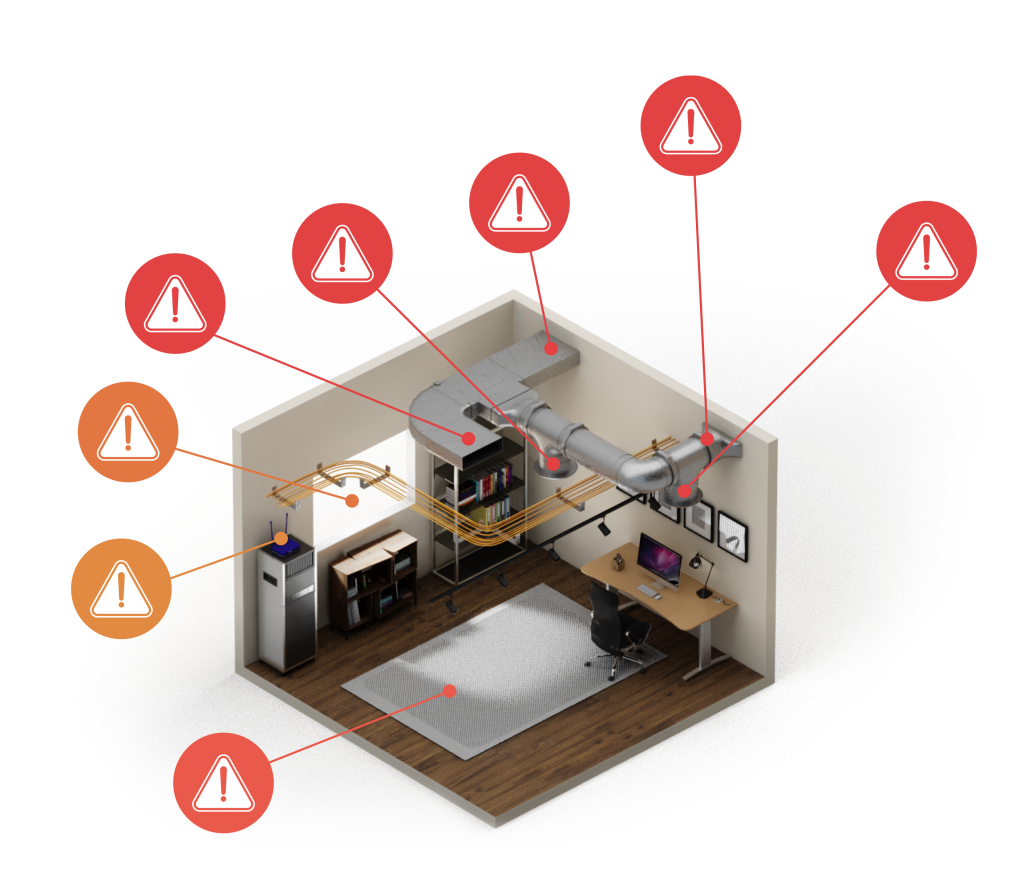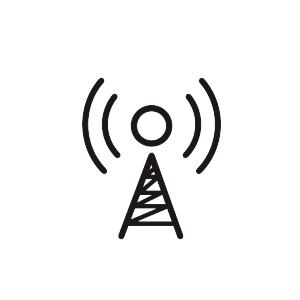How Radgreen solution works?
Revolutionizing indoor air quality management with simplicity and precision.
Effortless setup
Discover the ease of RadGreen’s self setup process, designed for straightforward, self-guided setup. With just three simple steps, anyone can install our system, ensuring a hassle-free experience and fast deployment.

Place
Place sensors based on Radgreens experience and self use guidance


Connect
Connect sensors to RadGreen’s management system


Manage
Start managing your indoor air quality through our user-friendly dashboards.
Central management
Manage your Indoor Air Quality across multiple locations with RadGreen's unified management system.

- Central remote management and maintenance of thousands of sensors in multiple locations
- User friendly webapp management console available on computers and mobile devices
- Profile-based access and permissions
- Device-agnostic software enabling integration with any third-party low-voltage sensor
Most comprehensive monitoring
Continuous and comprehensive monitoring and reporting of the most essential air quality parameters.
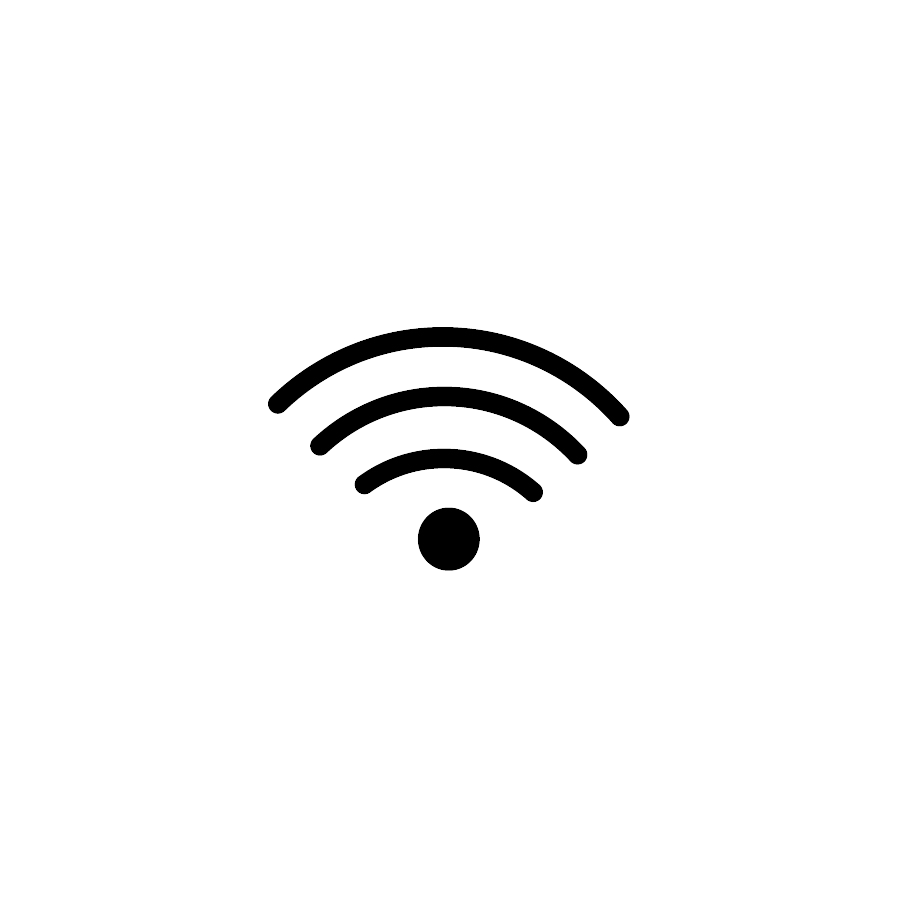
WIFI
Transmission power in wireless communication systems and the communication service level.
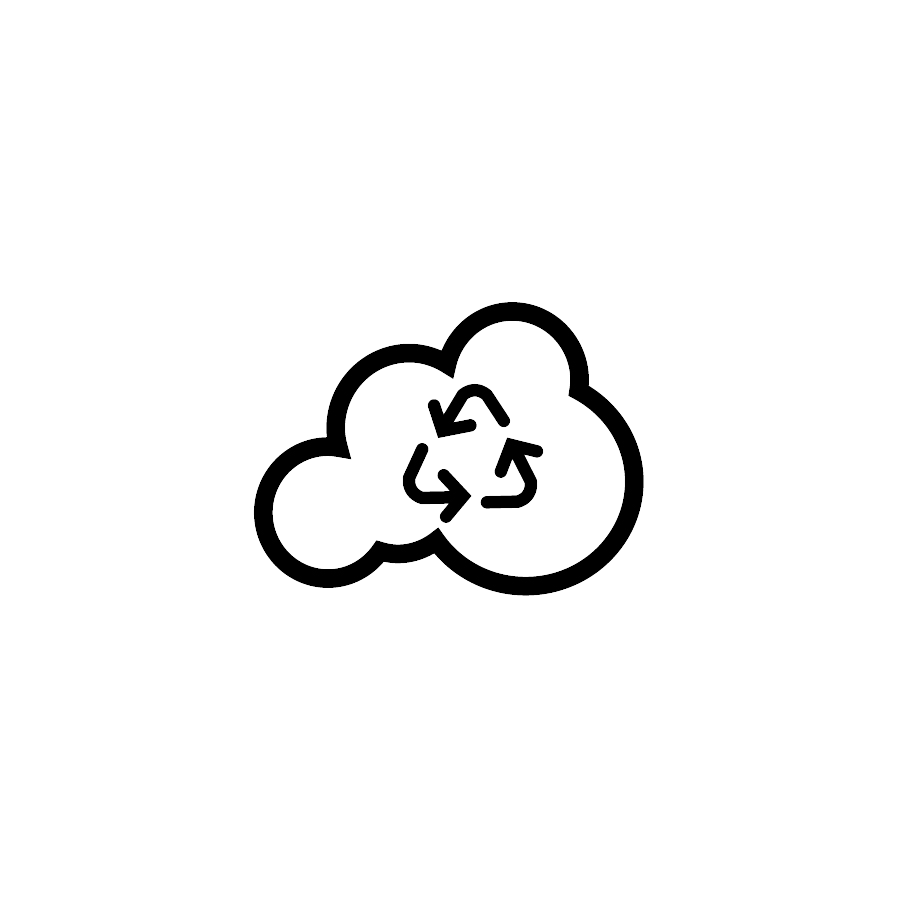
CO2
Carbon dioxide Carbon Dioxide (CO2) in the air we breathe out, in confined spaces may impact health and productivity . The level of CO2 in the air is a good indication of a room’s ventilation.

tVOC
Total Volatile Organic Compound - vapors of solvents, dyes or chemicals derived from adhesives, furniture, carpets and detergents.

Temp
At high and low temperatures, apart from feeling too cold, hot, dry or sweaty, staying in the place may experience fatigue and headaches.

Humidity
Relative humidity, measured in percentage. Low level will cause skin, eyes and throat irritations and High humidity would encourages the formation of molds and fungi which emit volatile organic matter into the air.

Noise
Ambient noise level, measured in dBA. As little as 12 dBA increase in noise reduces the ability to retain information and decreases overall motivation by roughly 10%.

EMF
Measured in mG. Detecting alert and documenting dangerous electro-magnetic field radiation at the power grid frequency.

PM2.5
Fine particulate matter (PM2.5) is an air pollutant that is a concern for people's health when levels in air are high.

CO
Carbon monoxide is a colorless, odorless, tasteless, flammable gas. Initial symptoms of CO poisoning may include headache, fatigue, dizziness, drowsiness, or nausea.

Light Lux
Lux is a unit of measurement of light level intensity, commonly referred to as "illumination". A lack can have a negative impact on mental health. Light Color (RGB): Studies have shown that colors can affect our feelings, emotions and mood.
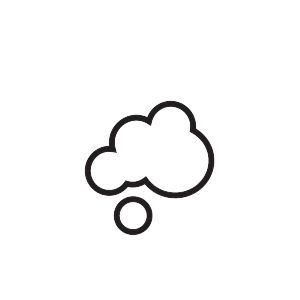
NO2
Nitrogen Dioxide (NO2) is one of nitrogen oxides (NOx). Elevated levels can cause damage to the human respiratory tract and increase vulnerability, and severity of, respiratory infections and asthma.
AI-powered optimization
Harness AI-powered analytics for smart, proactive problem detection and resolution.
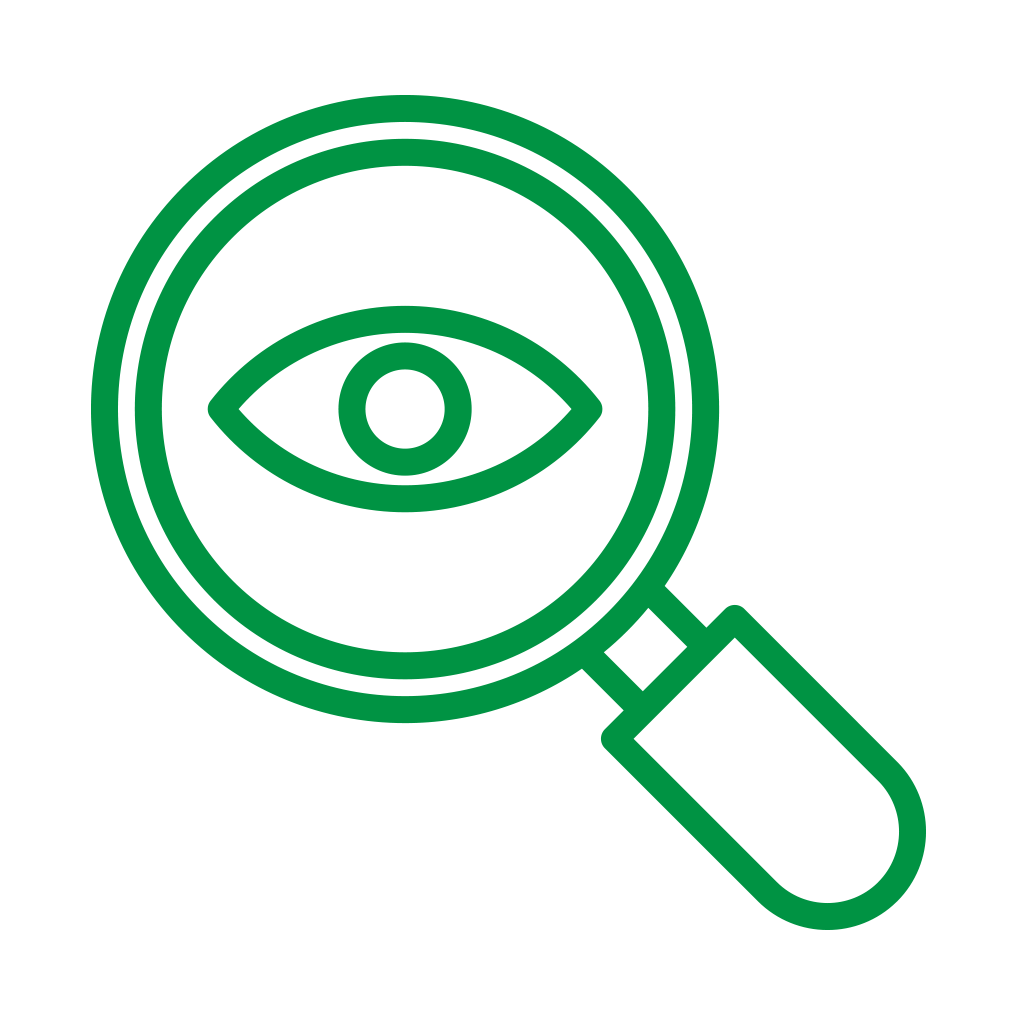
Observation engine
Our Observation Engine harnesses AI to analyze operational data across domains like HVAC efficiency, lighting usage, and air quality. Gain deep insights and optimize your existing systems smartly.

Predictive problem-solving
Proactively address potential issues in critical systems before they escalate. Our AI-driven approach predicts maintenance needs in HVAC systems, communication networks, and more, ensuring efficiency and reliability.

Compliance and well-being
Maintain regulatory compliance and prioritize well-being with AI monitoring for domains such as air quality, virus risks, and natural lighting. Ensure a healthy environment while adhering to standards and regulations.
Real-time alerts
Stay informed with instant notifications for proactive indoor environment management.
- Real-Time Notifications: Instant alerts when environmental thresholds are breached, ensuring immediate action.
- Issue Identification: Address excessive HVAC use, duct leakage, filter inefficiencies, potential sewage overflow, communication system inefficiencies, and elevated virus risk scores.
- Proactive Maintenance: Stay ahead of potential issues, reducing downtime and maintaining optimal environmental conditions
